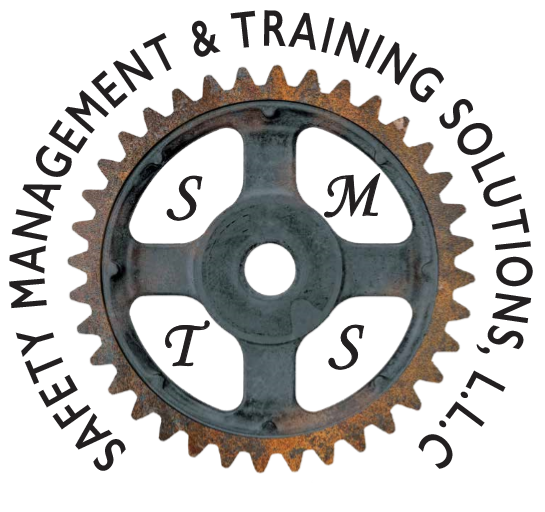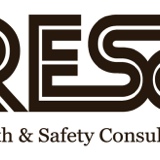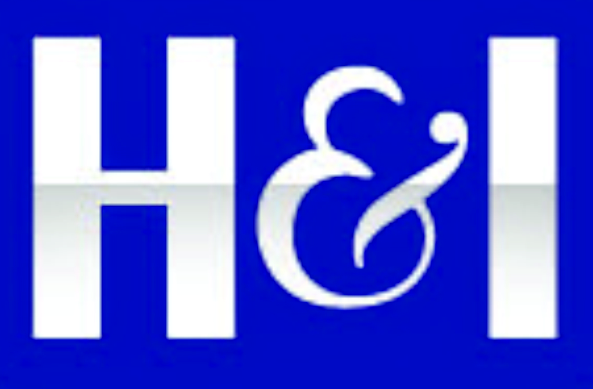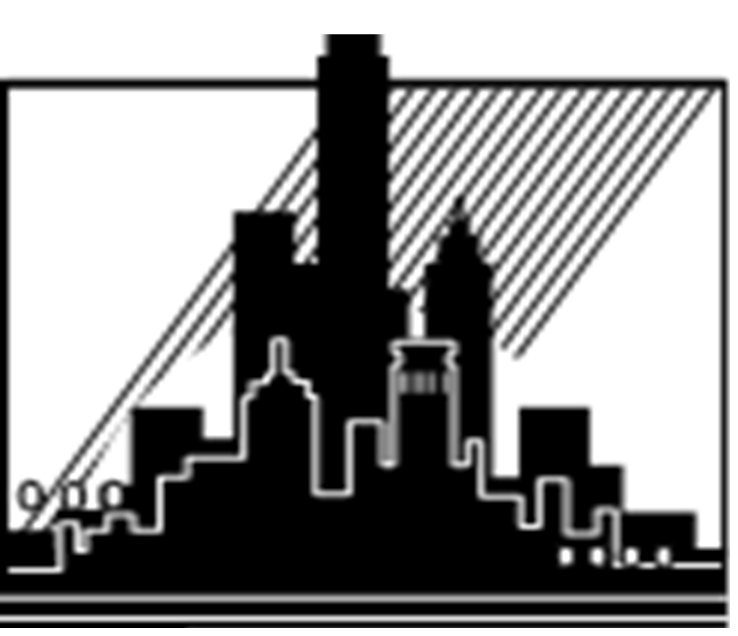Information
-
Daily Audit
-
Client / Site
-
Conducted on
-
Prepared by
Administrative
-
A.1 Have permits and analyses been performed prior to work starting?
-
A.2 Have the permits been completed accurately and submitted to immediate supervision on-site?
Section 1 - Job Trailer
-
1.1 Is a stocked first aid kit on-site?
-
1.2 Is a site specific safety manual on-site?
-
1.3 Are required regulatory posters up and visible?
-
1.4 Are emergency numbers posted?
-
1.5 Are safety data sheets available on-site for employees to review?
-
1.6 Are container labels available and readable?
-
1.7 Was a safety talk, hazard analysis, and equipment inspection performed?
Section 2.0 - PPE
-
2.1 Are Employees complying with site dress code?
-
2.2 Are employees wearing hard hats and Hi-Viz?
-
2.3 Are employees wearing eye or face protection.
-
2.4 Is the correct glove being used for the task (type of work)?
-
2.5 Are side shields worn for employees with prescribed glasses?
-
2.6 Is hearing protection worn for loud noises, equipment, or processes?
-
2.7 Is there an adequate amount of PPE on-site?
Section 3.0 - Electrical Safety
-
3.1 Are employees working under their own lock and tag?
-
3.2 Is lockout / tag out training current and has it been submitted.
-
3.3 Has the lockout / tag out procedure been followed?
-
3.4 Is a lock box / hasp used?
-
3.5 Is arc flashing protection used for equipment and is it current?
-
3.6 Are electrical cords and tools coded with the correct color for the month?
-
3.7 Are cords out of walkways and equipment traffic?
-
3.8 Are electrical cords and tools free from damage?
-
3.9 Are ground pins available on extension cords?
-
3.10 Are ground fault circuit interrupts (GFCI) used with extension cords?
-
3.11 Are there any cuts in extension cords or equipment cords that expose the conductor?
Section 4.0 - Ladders
-
4.1 Are ladders secured (top and bottom) and extending 3 rungs above the roof's eave or landing?
-
4.2 Step ladder not used as an extension.
-
4.3 Employee(s) are not standing on last two steps or rungs of ladder.
-
4.4 Broken or damage ladders have been tagged and removed from service.
-
4.5 Three points of contact are maintained when going up or down a ladder.
Section 5.0 - Fire Protection
-
5.1 Are fire extinguishers within 25 - 50 ft of work?
-
5.2 Is the fire extinguishers tagged and ready for use?
-
5.3 Is a fire extinguisher mounted on each piece of equipment that is used?
-
5.4 Are flammable chemicals or combustibles stored as required by standards and manufacturers?
Section 6.0 - Aerial Lifts & Equipment
-
6.1 Are lifts and equipment inspected daily and documented?
-
6.2 Are harnesses worn in lifts as recommend by the manufacturer?
-
6.3 Has the operator been certified or qualified on the equipment?
-
6.4 Do alarms and controls function as required by the manufacturer?
-
6.5 Is a spotter, warning line, or barricade used to identify overhead work?
-
6.6 Is equipment being used as recommended by the manufacturer?
-
6.7 Did you communicate overhead work with trades or other personnel that may be impacted?
Section 7.0 - Fall Protection, Floor and Wall Openings
-
7.1 Is fall protection used to prevent fall hazards?<br>Fall Protection Types - Guard rail, Parapet wall, Fall arrest, Fall restraint, or Warning line.
-
7.2 Are holes covered to prevent falls to lower levels?<br>Holes - Openings larger than 2 inches.
-
7.3 Are covers used for skylights without fall protection?<br>Skylights - Covers must be capable of supporting a 200 lb. force.
-
7.4 Have guards or covers been installed on wall or floor openings that are above six feet?
-
7.5 Are guard rails secured, serviceable, and in good condition to prevent falls to lower levels.
-
7.6 Does the guard rail include a top rail, mid rail, and toe board.
-
7.7 Are signs posted that identify fall hazards or where protection is needed?
Section 8.0 Excavation & Trenching
-
8.1 Are employees involved in trench work protected from cave-ins?
-
8.2 Has the trench / excavation been inspected prior to worker entrance?
-
8.3 Has sloping, shoring, or a trench box been used for protection in trenches four feet in height or more?
-
8.4 Has adequate plan been identified for access and egress?
-
8.5 Are spoil piles greater than 2 feet from the excavation?
-
8.6 Was a documented ground disturbance analysis performed of the excavation or trench?











